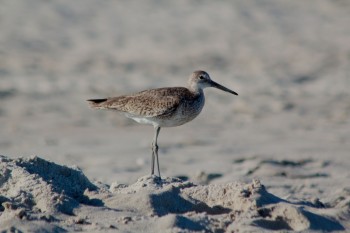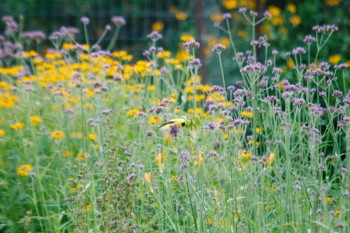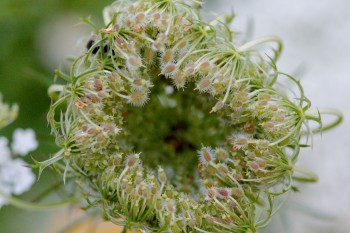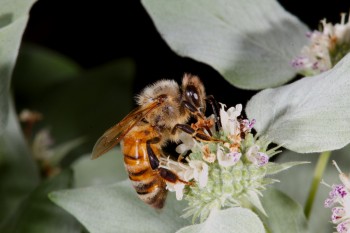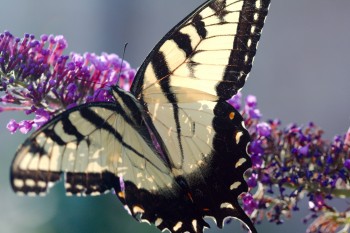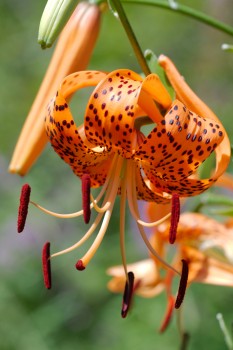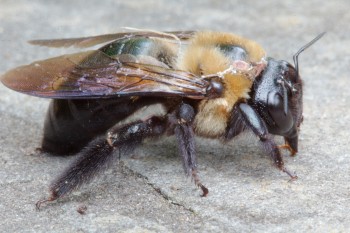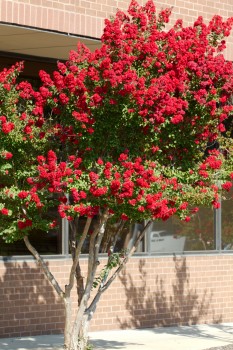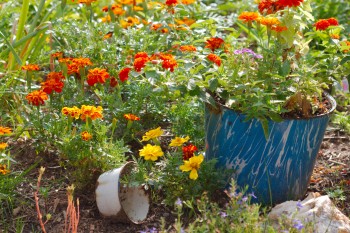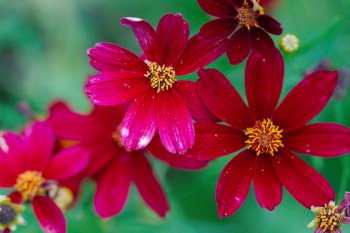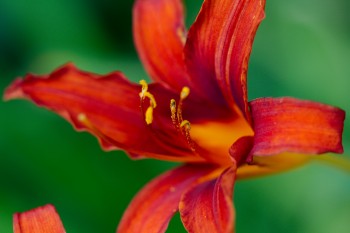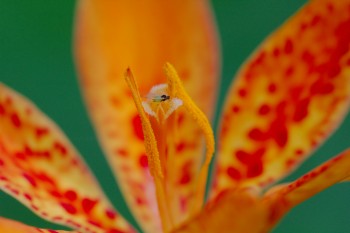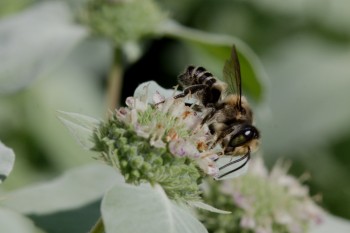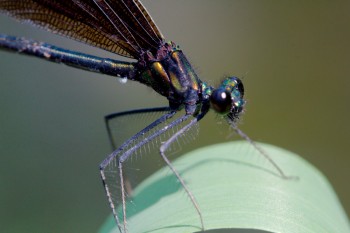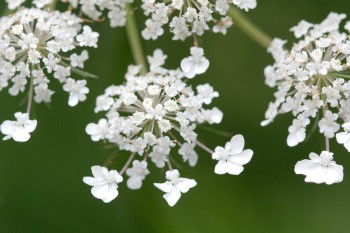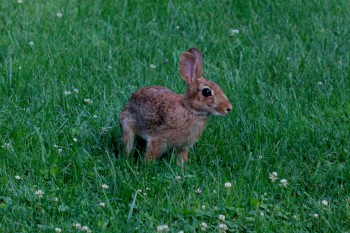I already posted a picture from our first day (evening, really, because we didn’t arrive until after 5:30) at the beach. Cathy and I walked on the beach for a little while before we had dinner. I took a few pictures and I’m pretty pleased with this one of a willet (Tringa semipalmata) that let me get reasonably close. It would have been better had he been facing the sun, to the left, but when I asked him to turn around, he just flew off. Temperamental bird.
Ocean Isle Beach
It was ten days ago as I’m writing this, but we spent a fairly short week at Ocean Isle Beach starting today. The drive down was about as bad as it has ever been, with horrible traffic past Fredericksburg and then again approaching the Richmond bypass. Just before the bridge over the James on the bypass, the Virginia Department of Transportation had decided to close all but one lane. They were not actually doing anything, but they made a significant impact on traffic. There was another backup south of Wilmington, but we went around that.
Anyway, we made it to the beach and things are a bit more relaxed already. Cathy and I took a walk toward the pier early this evening and I took this picture, among others. I love watching the waves wash up onto the sand and then disappear again, leaving colors behind them, which then fade as the sand absorbs the last of the water.
Goldfinch In The Garden
There were a lot of American goldfinches (Spinus tristis) around this evening. Actually, the bird activity seemed higher than usual overall. I don’t know if it was because of the heat and the open water of our bird bath, but that seemed to be part of it. We had cardinals, goldfinches, a immature titmouse, and catbirds over the course of about 15 minutes. This isn’t the sharpest picture ever but we especially enjoy the goldfinches when they are on the Verbina bonariensis (purple vervain). The stems are generally strong enough to hold them up but they wobble back and forth as the birds move. Sometimes they are a little tough to spot because of the yellow black-eyed Susans behind them.
Queen Anne’s Lace Seeds
I had a close-up of Queen Anne’s Lace (Daucus carota) flowers a few weeks ago (Wednesday, July 08, 2015). The flowers are mostly finished now, with a few late blooms still doing well. The earlier flowers have started to go to seed. The flat flower-heads curl up on themselves and, where each tiny, individual flower was in the compound flower there is now a seed.
Cathy
I took a few pictures around the house this evening. The best of them (by far) is this one of Cathy.
There are a lot of things that could be said about Cathy. How she puts up with me would be high on the list of things that are nice about her. She lets me take my pictures and only rarely complains about it. She lets me take pictures of her, as part of that, which is especially nice. She and Dorothy bath are fairly resigned to it, I guess, but they could fight it, and I appreciate that they do not (usually).
This picture turned out pretty well, I think. A pretty, young thing, my lovely wife.
Apis mellifera (European Honey Bee)
We have a lot of European honey bees (Apis mellifera) this time of year, mostly on the mountain mint (Pycnanthemum muticum) but also on the other flowers that are blooming right now: black-eyed Susan, Buddleia, Conoclinium coelestinum, purple coneflower, and Asclepias tuberosa, among others. Contrary to what you may have been hearing, the world population of honey bees is steady or growing. In the USA, “the number of honey-producing colonies has been generally steady for about two decades and has risen four of the last five years – including an increase of over 100,000 hives last year. The bee population is up nearly 13 percent since 2008, recovering after the initial findings of colony collapse disorder.” Many people also are under the false impression that only honey bees are suitable pollinators for food producing plants. This leads to the also false impression that without honey bees, the country would become a barren wasteland. Remember, there were no honey bees in North or South America until they were brought here by European colonists. Many other bees, wasps, flies, butterflies, and moths pollinate flowers. Some of them are actually better pollinators than honey bees. Of course, they don’t have the significant fringe benefit of producing honey, and losing that would be a loss indeed.
Addie!
We had a somewhat impromptu get together this evening (which as I write this, on July 30, was actually a very long week and a half ago). Our house isn’t necessarily set up for kids these days, with Dorothy having moved on from dolls and toys, but we managed to find things that would entertain the younger folks. This little gem, Addie by name, deserves to have an exclamation mark after her name. She is a bright light wherever she goes and we were terrifically glad that she came with her family.
She is not bashful in the least, while her brother, Jonah, is a little bit shy. I got pictures of him, as well, but they don’t do him justice. I think, however, that we will get along very well and I’m looking forward to getting to know them in the years ahead.
Papilio glaucus (Eastern Tiger Swallowtail)
The butterfly bush (Buddleia) plants that come up like weeds throughout our yard are in full bloom and are attracting the most common of the large butterflies in our area, the Eastern Tiger Swallowtail (Papilio glaucus). This is a male, which can be distinguished from the female by the lack of blue near the trailing edge of its hindwings. Getting a good angle for a photograph is the trick, as they are generally well overhead, but this one turned out fairly well. I like the shadow of the flowers showing through his wings.
Lilium lancifolium (Tiger Lily)
The tiger lilies are in full bloom. They bloom much later than the Asiatic lilies, which are also on much shorter stems. Actually, Lilium lancifolium is an Asiatic species, but are different to the plants usually called Asiatic, which have upward facing flowers. The tiger lily, as you can see here, has downward facing flowers. There are quite a few flowers on each plant, which stands a good seven or eight feet in height.
The similar species, Lilium superbum, is a native to the eastern United States and its common names include Turk’s cap lily and American tiger lily. It generally has fewer flowers per plant and isn’t quite so tall, but the petals of the flowers are similar in being orange with black spots and which recurve forming a very festive, Turk’s cap shape. L. lancifolium also has little bulbils in the leaf axils that can be planted and which are the easiest way to spread the plant around the yard.
Xylocopa virginica (Eastern Carpenter Bee)
This bee (Xylocopa virginica, the eastern carpenter bee) was on our front walk when we came home and I thought I’d get down close for a picture, if it would let me. Turns out it didn’t have much say in the matter, as it wasn’t living. Why it had died is anybodies guess, but there you are. This picture turned out reasonably well. The eastern carpenter bee is extremely common and probably one of the two or three most prevalent bee species in our yard throughout most of the summer, certainly of the larger bees, anyway.
Update: I initially had this labeled as a common eastern bumble bee (Bombus impatiens), but that was wrong.
Crape Myrtle (Lagerstroemia indica)
We don’t have any crape myrtle (Lagerstroemia indica) in our yard but every year about this time I think about getting one or two. I particularly like the really red varieties. The purple and white are fine but it’s the red that really get my attention.
Today, on the way down to Bethesda I took a picture of one even redder than this one, but the picture didn’t turn out well enough to use. This one is on Gude Drive and I stopped on the way home to take a few pictures. It isn’t as pure a red, but it’s still nice and I think one like this or the other red one are really great. I should do some shopping and put one in this fall. We have two places that will need small trees and this would be good for one of those two spots.
Cathy’s Front Garden
The garden that Cathy planted in the front, where there had been a tree, had started to fill in nicely. This picture is mostly marigolds but there are also zinnias, lantana, and verbena, sedum, and alyssum. This is really our only “annual” garden, the rest of the yard is pretty much either perennials or self-seeding annuals. I like the blue of the bucket along with the yellows and oranges of the flowers. Cathy may have done that on purpose.
Coreopsis
I was out back taking pictures this evening at about 7:30 and noticed these little flowers. They are Coreopsis (tickseed) of some kind and I didn’t remember seeing them before. Apparently they are something new (to us, anyway) that Cathy planted earlier this year (or maybe it was late last year). Anyway, they are quite cheery and with the amount of orange in the yard right now, they really stand out. Hopefully they will thrive and cover a little more ground in the years ahead.
Day Lily
This dark but rather simple day lily is growing in the front of our house. I don’t remember where we got it but I like it a lot. This is the time of year when orange and orange-yellow predominates in our yard but frankly, I don’t mind. The color works in the heat and it really lights up in the morning and evening. This shot was taken at about 6:30 in the evening. There are so many nice day lilies available that I tend to look past them for something unique. That’s probably a mistake. They’re lovely.
Iris domestica (Blackberry Lily) with Aphid
The blackberry lily, formerly Belamcanda chinensis, but now Iris domestica, has started to bloom. I collected seeds for this many years ago and I’ve had it growing around the yard ever since (and our previous yard before that). I gather the seeds each fall and spread them liberally and I’m pretty much happy to have them come up wherever they can. This one has a very tiny aphid on the stigma.
Megachile (Leaf-cutter Bee)
I haven’t taken the time to get a firm identification on this little bee, and the picture isn’t really good enough for a definitive ID in any case. I’m pretty sure, off the top of my head, that it is a leaf-cutter bee in the genus Megachile. The mountain mint (Pycnanthemum muticum) is at its peak (which lasts for a good long while, actually) and the bees are all over it, particularly when the sun is shining on it. That’s good for photographing them, of course, as the more light the easier it becomes, but it does mean I’m working in the bright, afternoon sun. Still, it’s one of my favorite things to do on a Saturday.
Calopteryx maculata (Ebony Jewelwing)
It’s high season for dragonflies and the pond next to my building is a good spot for finding them. Of course, taking pictures of them takes a little more than a camera and a good location. You also need a fair amount of patience. They tend to be shy and fly away when you get too close. Getting close is fairly important, though. I found a good spot, got reasonably comfortable, and waited. This female ebony jewelwing (Calopteryx maculata) landed nearby and then moved even closer. Close enough for a pretty near view.
Raspberries
I had a meeting over in the next building early this afternoon so I brought my camera and took a few pictures as I walked by the woods between buildings. There are raspberries ripe and starting to look quite good. I didn’t have time to pick many, but I took a picture of a few before pulling them off and munching on them as I finished my walk. Wild raspberries are one of the best things about the woods around here. Delicious.
Queen Anne’s Lace (Daucus carota)
We have a Queen Anne’s Lace (Daucus carota), otherwise known as wild carrot, growing at the corner of the garage. It isn’t doing any harm in terms of overrunning our garden, at least not so far, and we decided to let it stay at least as long as it’s in bloom. This is close-up of one small cluster of flowers in one of the large clusters that make up the flowering head of the plant.
The family to which Queen Anne’s Lace belongs (Apiaceae, the celery, carrot or parsley family) contains quite a few plants familiar to cooks for root vegetables (carrot, parsnip), stems and leaves (celery, parsley, coriander/cilantro) or seeds (anise, caraway, coriander, cumin, dill, fennel, etc.). The family also contains some dangerous plants, like the giant hogweed, the sap from which can cause severe burns through phytophotodermatitis, and hemlock, with its cocktail of poisonous alkaloids and of Socrates-killing fame.
Eastern Cottontail (Sylvilagus floridanus)
We have a huge number of rabbits in our neighborhood. I don’t think a day goes by that I don’t see at least one in our yard. There’s a very small one that we see in the back yard. When I pulled into the driveway this evening, fortunately with the windows open in my car, this little fellow (or filly) was munching on grass fairly close to the driveway. I was able to pull out the camera and get a few pictures before he got spooked and ran off.

